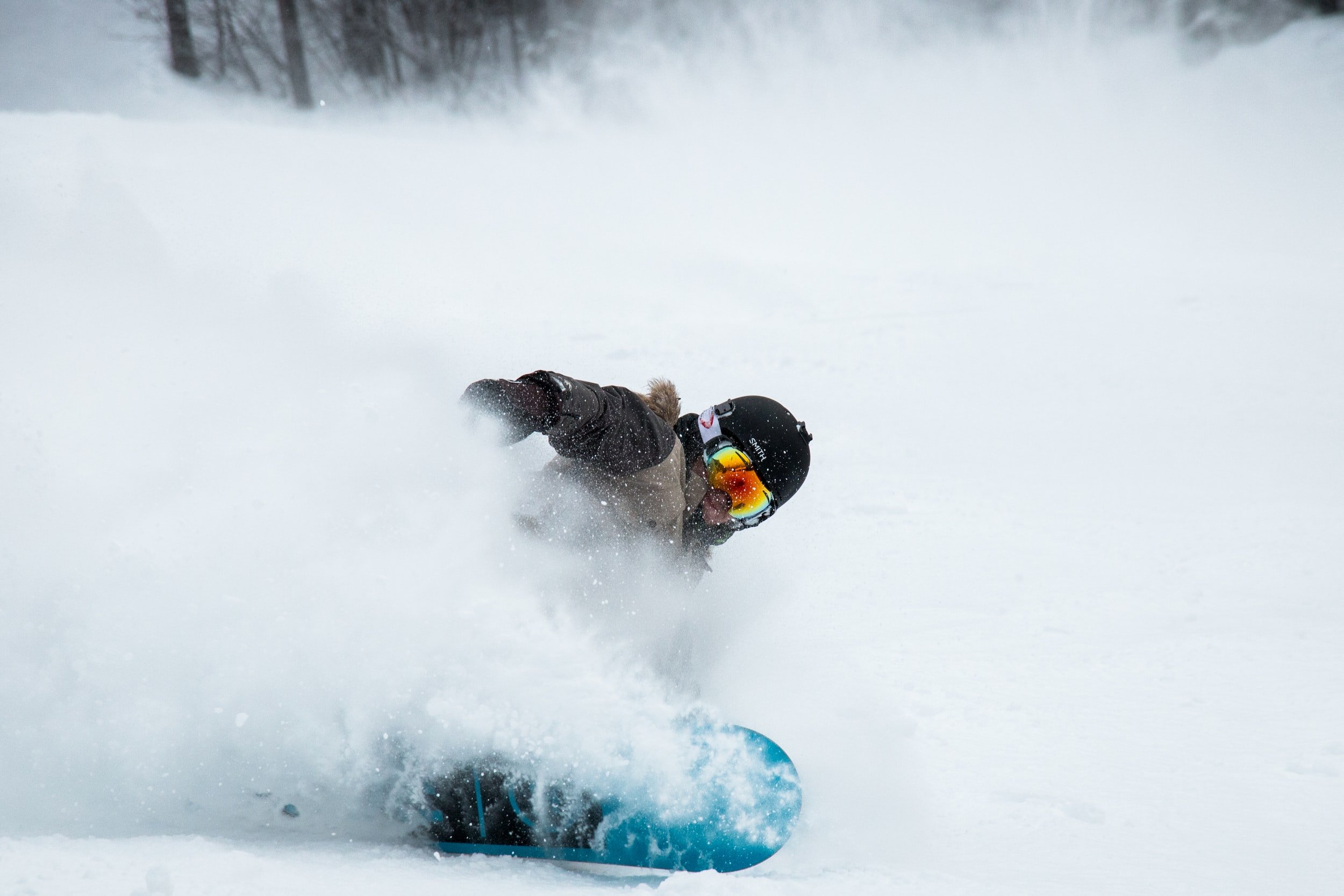Dangers of the Slopes
“Is skiing dangerous?” is the query that every mother or worried new skier wants to have answered. Should I let my child go on that ski trip, and is it worth the risk? This article will answer all your worries.
Is skiing dangerous?
Mr. Haken, a teacher at ZIS and a ten-year ski team coach, shared a list of precautions before one goes skiing. An essential precaution is checking the weather, ensuring the slopes aren’t too slippery, icy, or too weak and might cause an avalanche. In addition, he added, “all teachers and volunteers for the ski team have walkie-talkies as the team has more than 60 members. They must know where the skiers are and their conditions at all times.” Even though there are dangers, Mr. Haken claims that with the proper precautions and equipment, skiing is always a great thing to do for some exercise and fun.
Dangers of Skiing vs. Snowboarding
Over the past 20 years, snowboarding's popularity has snowballed despite worries that it is a risky sport. So what is an expert’s perspective on this? Californian doctors conducted a four-year study to compare the risks associated with snowboarding and skiing injuries to determine which winter sport posed the most significant threat.
Data from Newtoski’s article “Is Skiing Dangerous For Beginners” Shows that; 49% of injured snowboarders, compared to 18% of injured skiers, were novices. In addition, snowboarders are much more likely to sustain wrist and ankle injuries than skiers, who are more likely to suffer knee injuries from a fall. However, snowboarding generally entails a higher risk of injury and has grown more hazardous, according to Professor Michael Henrie at the University of Utah. Henrie discovered that there were 6.97 snowboarding injuries per 100,000 snowboarders.
“49% of injured snowboarders, compared to 18% of injured skiers, were novices”
NewToSki writer, Simon Naylor
Dangers of Skiing vs. Other Sports
The American Association of Neurological Surgeons tracks head injuries treated in US hospital emergency rooms, particularly those that affect the brain. However, their data needs to account for the popularity of various sports.
During the 2010–11 season, roughly 10.8 million Americans participated in skiing, compared to approximately 18.3 million football players and 46.8 million cyclists. Yet, when those participation rates are considered, all three sports have comparable head injury risks.
The 20 sports and leisure activities that result in head injuries most frequently seen in emergency rooms are listed below.
Survey results:
A survey was conducted and answered by middle schoolers of grade 6, 7, and 8. Here are the results.
53% of 96 middle school ZIS students who ski answered that they have had an accident or gotten an injury from skiing.
Safety and Precautions you can take
Worldwide two out of three skiers and snowboarders who had crashed but weren't hurt said they always wear helmets. Despite making up a small percentage of all injuries, head injuries are especially severe because they are the leading cause of fatalities and severe disabilities such as paralysis, unrepairable bones and, comas.
So, what precautions can you take other than wearing your helmet? According to the stone clinic, having good form and being in good shape is an essential part of skiing. Besides stretching before and after a skiing session, you can make sure you have good skiing boots. Stone clinic tells us that many skiers suffer from foot and ankle pain because of misfitted boots, which can even lead to pain during a session, dramatically increasing the risk of getting injured.
From our perspective, is skiing dangerous?
While skiing can be risky, it is not statistically more dangerous than football or cycling. Skiing is relatively safe for those who only do it for fun. The risks rise as you progress to slopestyle, speed competitions, and off-piste skiing.





